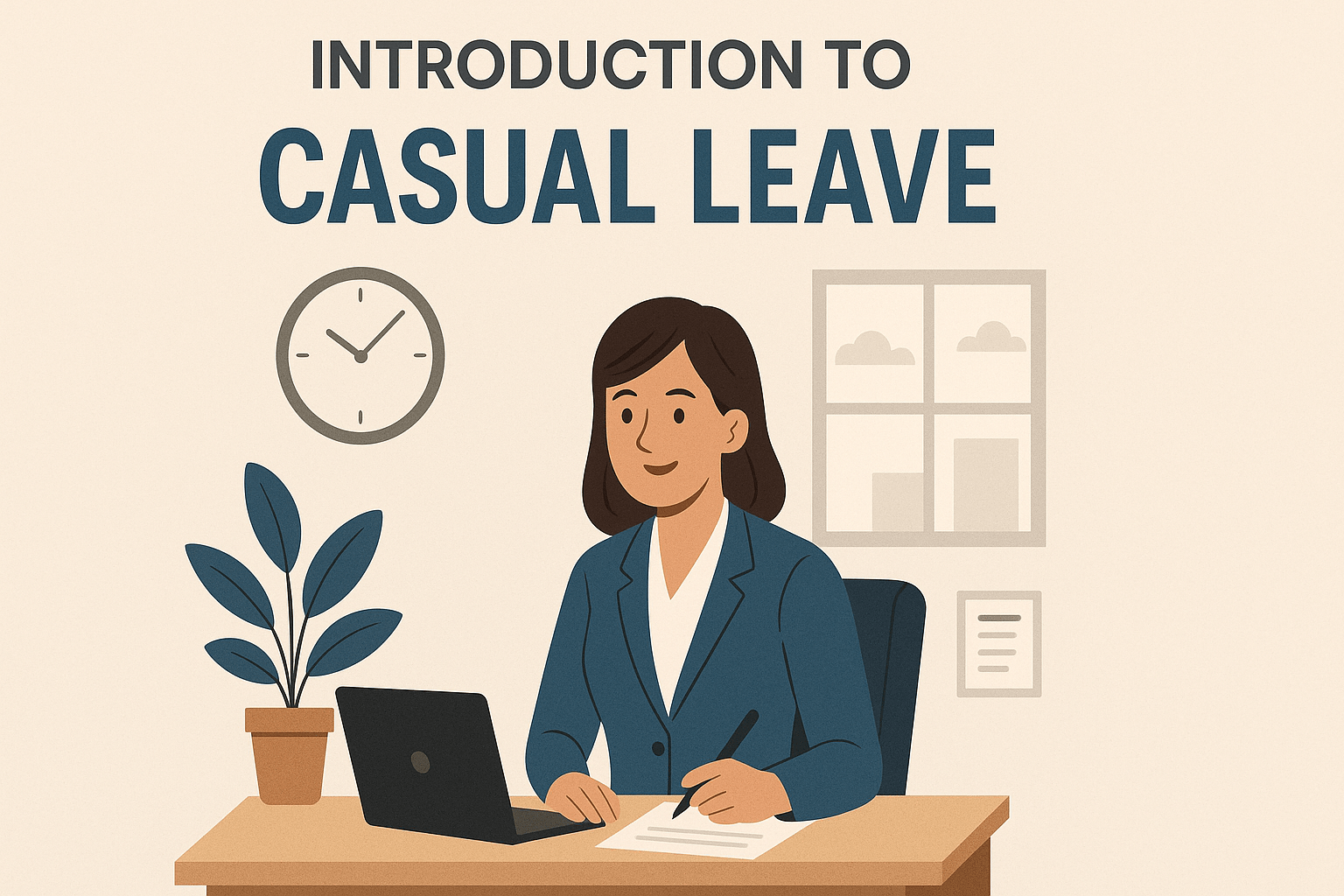Being on furlough, much like ‘social distancing’, isn’t something many of us thought about before this year. At present, however, it’s a concept we hear thrown around on a daily basis.
However, despite it becoming a part of our everyday vocabulary, many organisations are unclear still unclear on what furlough means for them. This post looks at a few of the most significant ways that furlough could affect your business.
Staff can still take and accrue annual leave
One of the most important things to understand about is that staff are still entitled to take holiday, while on furlough. What’s more, they can still accrue additional time off, as per their contract of employment. This is especially important to note as it directly ties in with the recent rule changes regarding carrying over leave, that now allow employees to transfer up to 28 days into their allowance for the next two years. Consequently, you could end up with a lot of staff with a lot of annual leave to take, whenever normal service resumes.
To combat this, if your company’s annual leave allowance is over the statutory 28 days (5.6 weeks), you can ask your staff to cap their holiday allowance – temporarily. To do so, however, you’ll have to get each employee’s written consent, ideally when you discuss putting them on furlough.
Days off are paid in full
As the Coronavirus Job Retention Scheme allows you to claim 80% of an employee’s salary, it’s easy to assume that the same applies to days off. In reality, however, holiday needs to be paid in full. Conversely, if an employee’s salary varies, due to commission, overtime, etc., they should be paid an average of their wages over the last 52 working weeks.
This is also relevant is if you have to make staff redundant, as any outstanding holiday pay must be issued in full.
You can make staff take holiday
You can actually make employees take annual leave dates while on furlough, provided you give them twice as much as notice as the amount of time you require them to take off. So, for instance, you need to give 2 weeks’ notice for a week off.
Now, while you can force employees to use their annual leave, it’s preferable to request that they take it instead. Firstly, as they’re entitled to their full salary for a day off, as opposed to 80%, it may be in their best interest to comply. Conversely, if they’re already receiving their full wages, explain how it will help the business as a whole for them to take some of their holiday now.
Bank holidays, on the other hand, are a little different. If staff usually get bank holidays off, you can honour them as before, paying them a full day’s remuneration. Alternatively, you can give them an additional day off in lieu. If, however, employees usually work on bank holidays, you can treat them like any other workday.
You have to agree to cancel previously booked holidays
Some, if not many, employees will need to cancel previously booked annual leave, as all planned trips are no longer an option. However, you’re actually under no obligation to cancel the dates and can insist they take the time off. Again, as with making staff use their annual leave, it’s better for long-term, employee relations that you request they take the time off as planned– making your reasons for electing to not cancel their booked dates as clear as possible.
You can limit holiday requests
You can also restrict the amount of annual leave your employees are allowed to take when you all return to the office. Eventually, countries will reopen their borders, allowing your staff will to venture abroad – and some will be desperate to do so. However, you may need to limit the number of employees who can be off at once, or how many dates can be booked at once, to avoid being short-staffed.
It may be time to update your absence policy…
Between putting staff on furlough and continuing changes to annual leave regulation, now may be the perfect time to review and revise your absence policy. You can then send it to the entire workforce, highlighting amendments to the policy and explaining exactly how they will affect them. It should address going on furlough, changes to their annual leave allowances, how the company will deal with cancelling booked dates, etc. If you don’t currently have an absence policy at all – now is the ideal time to create one.




